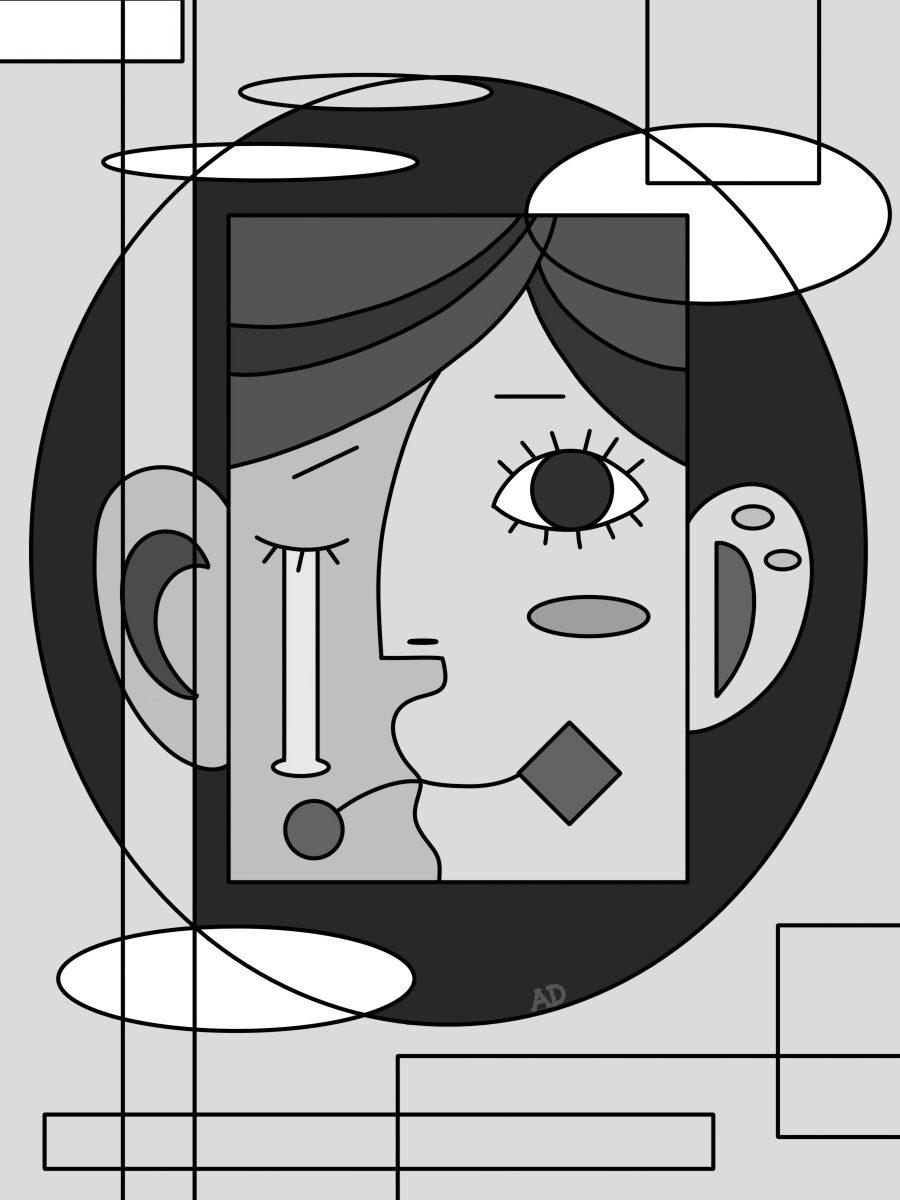The day starts with an obligatory social media check. Wake up, scroll through the phone.
Next, it’s video calls. Open the laptop lid, put on my prettiest 8-o’clock-in-the-morning face and try my best not to make any perceptible movements, lest I am asked to speak.
Emails steadily trickle into my inbox. Each one adds something to my internal schedule. My sanity looks like a game of Jenga, and each COVID-19 student survey email pulls out a block. Hopefully things don’t come crashing down.
When my days are like this, I feel my brain cells disappearing, fading into a sheep-like complicity. I feel like I have lost something. The excessive amounts of screen time demanded by the pandemic lifestyle eats away at my imagination, enthusiasm and mental sharpness. I need to make a change.
That change is fairly simple. Creating time without screens is essential to regaining mindfulness. Schedules are easily packed, Google calendars fill up rapidly. The only way to keep time to yourself is to demand that time: turn off the phone, close the laptop and find a way to focus your brain.
My favorite way to regain mindfulness has far and away been the creation of a daily sketchbook. That isn’t to say that every drawing is a masterpiece, or that every day I’m bursting with ideas and enthusiasm, but everyday I draw something, anything. It feels good to unplug my brain from LED panels and reconnect it with my left hand. After sketching every day, I feel my mind gradually sharpening again, I feel as though I can confidently wrap my hands around the reins of my life again.
Mindfulness exercises aren’t limited to art; it can be reading a physical book, meditating, crafting, sculpting, exercising, anything that centers you. The only requirement is that you demand time to do it, every single day. Habits can become an anchor in times of stress, and freeing your brain from the digital world can make you infinitely more present for the physical world.
Justin Vorndran ’23 is from Osceola, WI.
His major is English.



